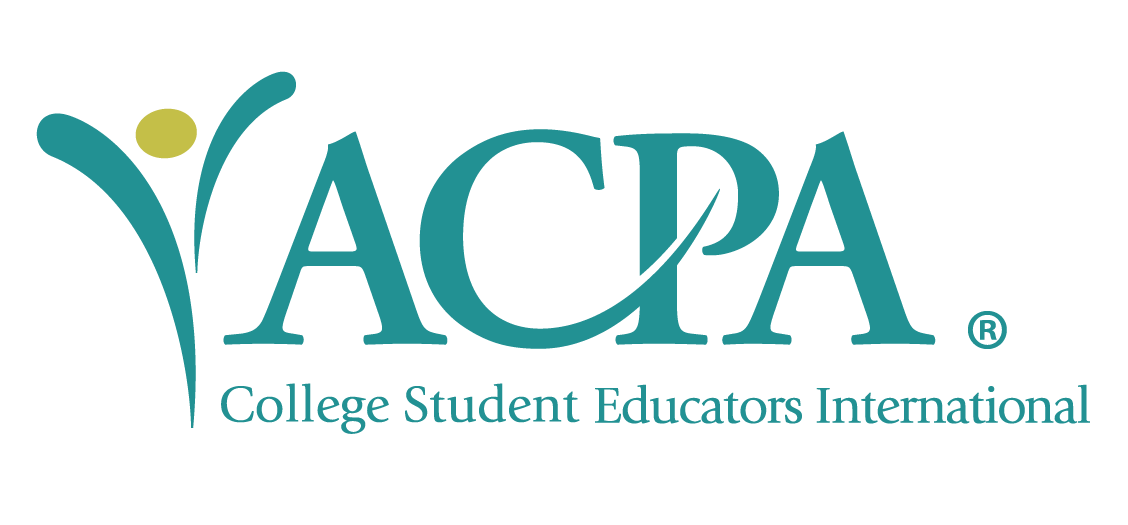By Dr. Ryan Wells, Mujtaba Hedayet, and Dr. Emily Perlow
One of the greatest barriers to degree completion is the financial cost of attending college. While common, financial burdens may be especially problematic for students with disabilities, who comprise a large and growing population on U.S. college campuses. Whether their costs of living are greater, they need support services that colleges are not required or able to provide, or their pace of completion is longer, college often simply costs more for students with disabilities.
While students with disabilities use many possible ways to fund the higher cost of education, specific financial aid policies are designed in ways that may disproportionately disadvantage students with disabilities.
- Financial aid adjustment policy. Most financial aid packages are built upon a standard budget for cost of living, which typically does not consider disability-related expenses. Students may request that their financial aid be adjusted based on legitimate circumstances, including additional these expenses related to a disability. Few students are aware of this, and information about such processes is not easy to find.
- Satisfactory academic progress. Many financial aid awards require students to continually show satisfactory academic progress (SAP) to remain eligible. When based on grades or time/pace of completion, this can disproportionately affect students with certain types of disabilities.
- Time limits to degree completion. Federal and state aid usually designate caps on the length of time a student can receive aid. Some students with disabilities may be provided with a reduced course-load accommodation, but this will then require longer to complete a degree which may cause them to more quickly reach the time limit for allowable aid.
- Loan borrowing limits. Federal, state, and institutional aid often designate caps for the total available aid amounts per student. For students with disabilities who take more semesters to complete their degrees or who need to stop out mid-semester, aid caps can be problematic.
To investigate how available information is about financial aid as specifically relevant to students with disabilities, we explored the ways four-year public institutions across the U.S. provide information on their websites about institutional resources and support processes related to finances and financial aid for students with disabilities. Through document analysis, we assessed whether colleges’ websites communicated to students with disabilities about relevant college finance and financial aid issues and policies in an equitable, consistent, and useful manner with clearly outlined action steps.
We found that among public four-year institutions, few provide tailored financial aid information to students with disabilities. It is rarely clear that students are able to request an adjustment to their aid packages for disability-related expenses. Few institutions help students understand that by pursuing a reduced course load as an accommodation, students may find themselves without access to financial aid in their later academic years as they either reach time limits to degree completion or loan limits. While many of these policies or procedures may have built-in appeal options, these processes and procedures are often not clearly outlined on institutional websites. For students who do not know how to ask or who do not feel responsible for asking, these processes are effectively hidden.
It is imperative that institutions create more robust web-based financial resources for students with disabilities and their families. These web resources need to explain how to request a reassessment of aid packages and what specific needs qualify. The resources should also include information about the ways that longer time to degree completion may affect financial aid availability. Most importantly, this information must be easy to access, rather than buried in a form five clicks into a website.
Based on our study, we recommend the following:
- Create financial aid resources with the needs of students with disabilities as a priority.
- Hold focus groups with students with disabilities to understand their specific needs, challenges, and frustrations in applying for and obtaining aid.
- Determine the ways financial policies intersect with other institutional policies (such as reduced course load) and help make these clear to students.
- Form partnerships between disability/accessibility services professionals and financial aid professionals to ensure cross-departmental training and education that supports students as whole people with intersectional needs.
- Provide specific contacts in financial aid who are well-versed in student accessibility needs.
These recommendations serve as first steps in an effort to move toward more equitable access. However, implementing these steps is not enough. We believe that practitioners and policy makers alike must work together to create financial aid systems and processes that are universally designed and accessible.
We urge institutions so not simply rely on incremental changes to ableist systems that still isolate information and processes for students with disabilities in separate areas of the website or on campus. The larger goal is to have universally designed policies and procedures, such that all students are proactively provided with information that, in content and form, is widely useable and relevant. The intricacies of how financial aid policies affect successful college-going would be useful to students well beyond those who identify as having disabilities, and certainly beyond those who are formally registered with the campus, which is what a universally designed system would provide.
These recommendations will require the advocacy of students with disabilities and their allies on campus to come to fruition. Changes likely require both incremental efforts within the existing ableist system, as well as efforts to transform that system to be more universally designed and broadly equitable. The goal of all of these efforts must be a system where financial policies and practices do not disproportionately disadvantage students with disabilities in attaining a college degree.
* This entry is based on a research paper in process and a presentation of that work at the 2019 ACPA National Conference. For a copy of the draft paper or conference slides, please contact Dr. Emily Perlow at [email protected].


Recent Comments